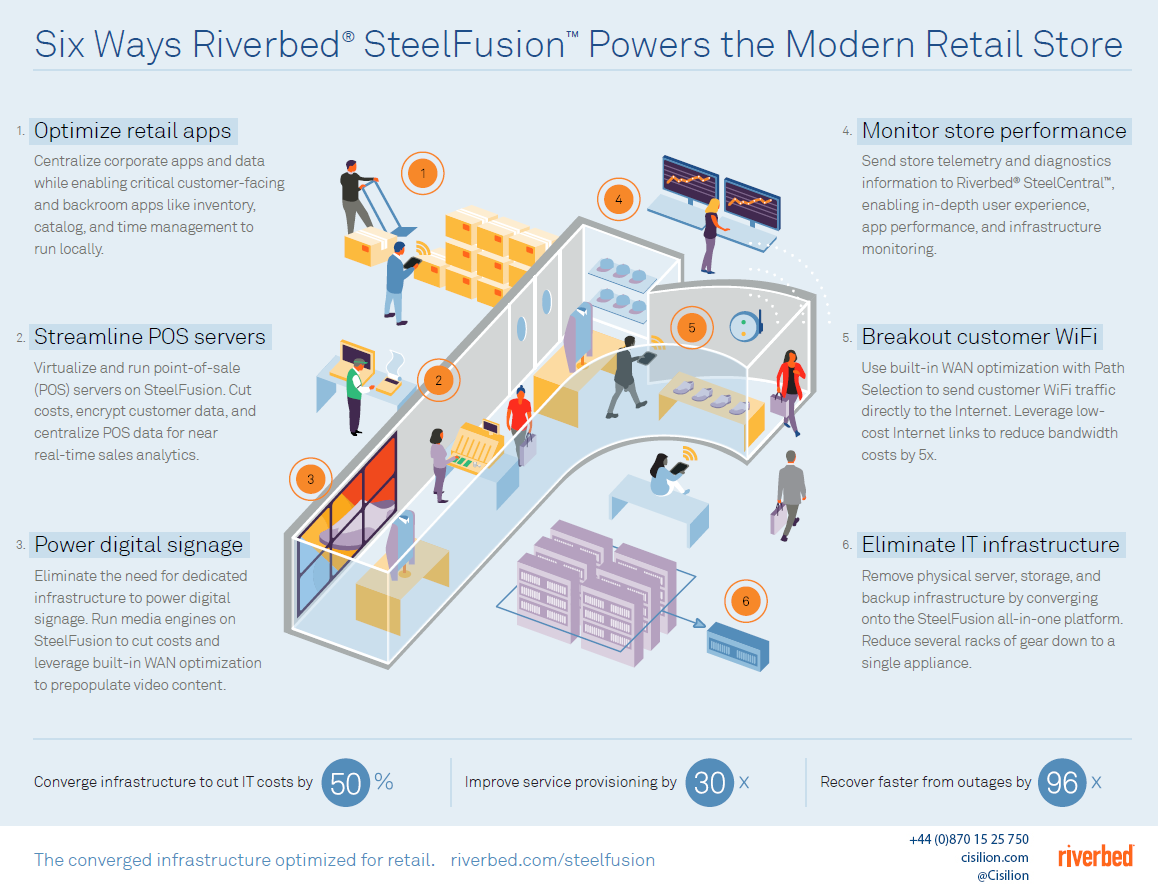So, on a more serious note, it’s fair to assume that pretty much everyone has heard of “the cloud” and everyone has “some idea” of what it is, but the term “the cloud” is so “grey” (not quite fifty shades though some do think ‘cloud’ is sexy) and it has been bandied about so much in the past few years that it’s become difficult to tell exactly what it really means and what business benefits it offers. In contrast, in our personal lives the “cloud” is everywhere and used in our daily lives without often realizing it – your photos in iCloud, OneDrive, DropBox, Facebook – yep, that’s Cloud!!
Combine the skeptical “what can cloud do for my business” along with the fears about information security, with stories of cloud providers or online businesses suffering data breaches almost every week and it’s no wonder that cloud is still something many businesses don’t want to stick their business into.
Why now?
One of the reasons many businesses are reviewing what they do is that Windows Server 2003 support is ending July 14, 2015

After this date, Microsoft will no longer issue security updates for any version of Windows Server 2003. If you are still running Windows Server 2003 in your data center, you need to take steps now to plan and execute a migration strategy to protect your infrastructure. By migrating to Windows Server 2012 R2, Microsoft Azure or Office 365, you can achieve concrete benefits, including improved performance, reduced maintenance requirements, and increased agility and speed of response to the business.
You will no doubt already be looking at what you do with this estate, If it's moving to 2012 then great, but now could be the perfect time to look at moving what you can to the cloud.
Every Cloud has a Silver Lining Right?
Rather than fearing the unknown of cloud, let’s take a short look at the benefits it can offer to businesses of all sizes. As Cloud hosting gain RackSpace once said “the cloud is for everyone but not for everything” – I think that stands true today!
Of course we are all clear on what cloud" is right?.
Cloud is ubiquitous bandwidth, the centralisation of on-demand compute power and pay as you consume or pay as you grow data storage (huge arrays of server farms bigger than football stadiums with multiple redundant data recovery capabilities), plus applications that are more capable and more secure than ever before – certainly more secure than most businesses could ever make them within their private data centres
The cloud has also given birth to the “software as a service” (SaaS) industry (think Office 365 or Saleforce.com) where users do not own a program or application but have access to it on a subscription basis.
Ok, so you get that bit right, but what about the fact that many people just don’t think “Clouds” are secure. The name “Cloud” has probably caused more anxiety about the security of the cloud than any actual negative event – because if its “fluffy” in nature and you can’t see it – how can you secure it! It might have been better if “Cloud” had been called “The Vault”, or “Alcatraz” or something else that sounds secure an impenetrable.
Of course, at a time when security is more important than ever, given the ever increasing regulatory pressures and the rise of standards and compliance bodies in cyber-space, the cloud is actually the safest data repository available to the majority of businesses. I am talking the big players here of course (not Joe Blogs that has a couple of servers in his garage connected to the internet). Cloud giants like Microsoft, Google, and Amazon, provide enterprise-class data centers with the strongest regulatory compliance, comprehensive and documented security service levels that exceed those of almost any company whose core business is not IT.
Ok so what can the cloud really do for your business?
Reduced Technology Spending – One of the biggest benefits of “Cloud” is to the businesses bottom line. Cloud technology allows you to reduce a significant portion of IT costs - from servers, Storage, Switching and Cooling to perpetual software and more. Cloud leverages economies of scale by aggregating computing resources across many organizations and users – this doesn’t mean “shared” data just shared resources of grunt and storage. Of course this also reduces, maintenance costs, manpower costs and service desk costs.
Software Updates become a Thing of The Past – Software updates can be a serious drain on your IT’s time and resources. These need to be carefully planned, tested and have a roll-back plan they are important to ensure your applications (and of course operating systems) maintain full functionality, remain secure and of course are supported by the vendor. With services delivered from the “Cloud”, businesses can benefit from automatic software that get tested and deployed in the background, saving IT time, hassle and stress whilst freeing up their time to focus on IT tasks and project work to improve productivity across the business.
A Truly Mobile Workforce – Our workforce is increasingly mobile. Cloud technology allows you to do your job from wherever you are, as long as you have an Internet connection (even 3G/4G data connection). Gone are the days of a laborious VPN process, welcome 2-factor authentication and Cloud based direct access.
Capital Expense Reduction – Software licensing costs can be exorbitant for businesses, but most cloud solutions are charged on a pay as you go (on monthly basis). This allows businesses to reduce capital expenses by eliminating steep software licensing fees and just pay for what they use on a ramp up/ramp down model.
Collaborating Gets Easier – Today, global businesses and even local businesses communicating globally means that you’re more than likely collaborating or communicating with people in other countries and therefore different time zones. With cloud technology, everyone can work on a central copy of the same file, which enables effective collaboration rather than multiple versions being emailed around to groups of people.
Mitigate against data loss – As well as the continued risk of data loss through hacking, there is also the very threat of losing data through he loss of end user equipment - laptops, tablets, USB drives and smart phones. We all know those horror stories on the news of USB drives left on train containing confidential data. As an example, 800,000 laptops are misplaced each year in airports alone.
Using Cloud technology (along with good practice) can help mitigate this since
Important data is stored and therefore backed up online. So if you do leave your laptop at the airport gate, your data is safe online.
Summary
So we have discussed a few of the merits that using Cloud based services can bring to your business. Not only does the cloud give us unprecedented power in business, but in the last five years, the cost of cloud services has reduced to a point where “storage” in the cloud is almost “free” with the main players in a constant price war to win business. This means that businesses of all sizes, from two-person home businesses, to 1,000+ global businesses can benefit from enterprise-class IT tools by leveraging Cloud.
Millions of companies including many of the FTE250 now use the cloud to access billions of files nearly as fast as they ever did uploading a file from a PC hard drive back in the 90s. Over recent years, early fears about the security and privacy of data in the cloud have been dispelled by the implementation of data encryption at levels unmatchable in even some of the biggest “private” data centers.
We are interested to hear your views about Cloud –
1. What does your business currently run in the cloud?
2. In the next 3 years how many of your business services will be cloud based?



 When I first read (on The Register I think) about Microsoft’s new Skype translator I didn't really know what to believe I mean we now live in a world where even the most far-out and advanced concepts are becoming a reality - Knight Rider style Google Cars, ordering pizzas and cabs from your smart phone, Live HD video conferencing anywhere in the world (or even on a plane)!
When I first read (on The Register I think) about Microsoft’s new Skype translator I didn't really know what to believe I mean we now live in a world where even the most far-out and advanced concepts are becoming a reality - Knight Rider style Google Cars, ordering pizzas and cabs from your smart phone, Live HD video conferencing anywhere in the world (or even on a plane)!